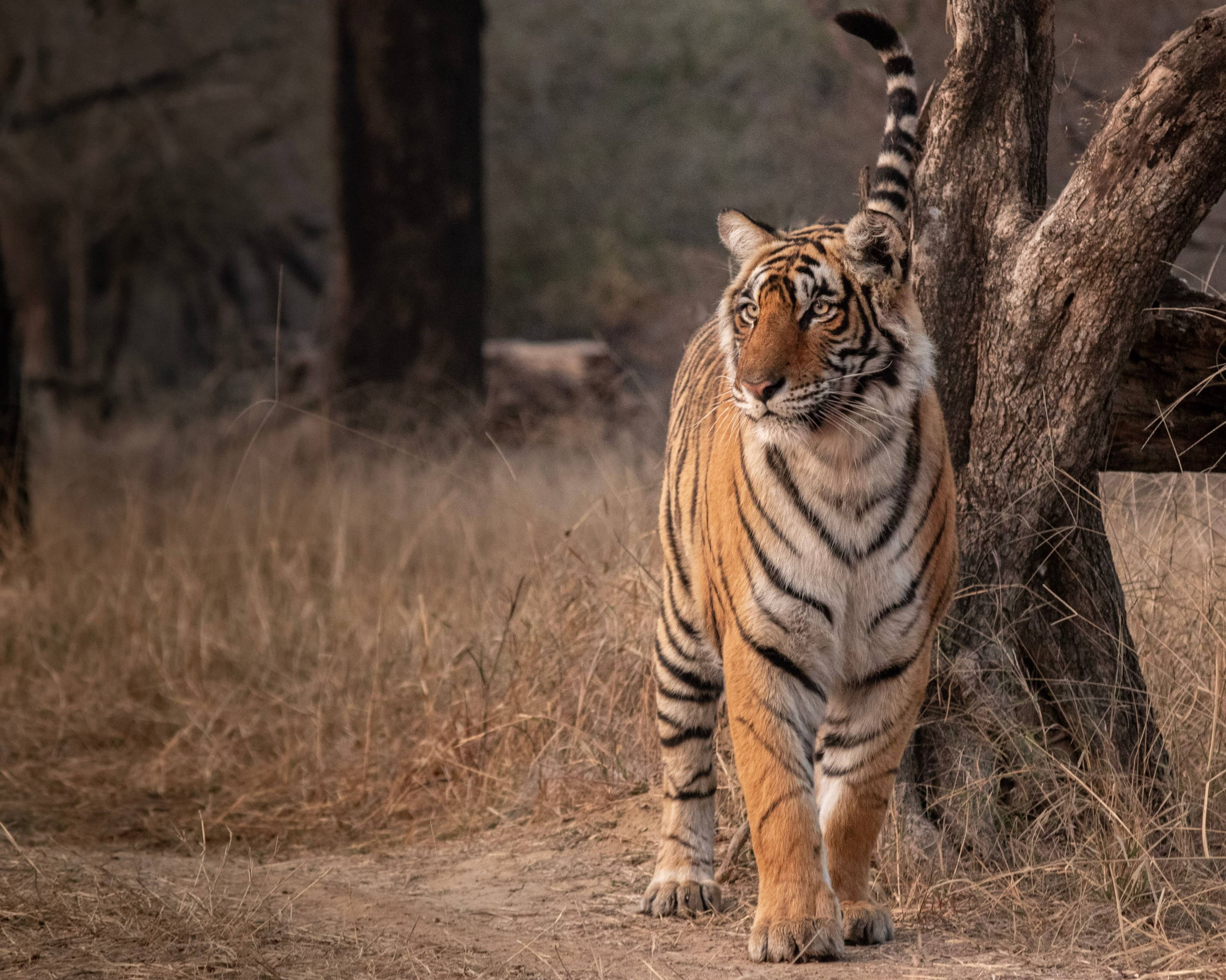Images: Unsplash
Goal 15: Life on Land
8 extraordinary reasons we need to talk about... Life On Land
While we’re losing ecosystems, we’re also gaining tigers: this mixed bag of facts shows that it’s possible to make positive changes.
By charlotte brohier and Jessica Jurkschat
3 March 2023
While we’re losing ecosystems, we’re also gaining tigers: this mixed bag of facts shows that it’s possible to make positive changes.
Trees sustain life as we know it
Forests cover nearly 31% of the land on earth and are home to more than 80% of all life on land. Right now, 13 million hectares of forest are being destroyed annually. Of the 8,300 animal species known to us, 8% are already extinct and another 22% are at risk of extinction.
Let's talk about palm oil
Palm oil can be found in nearly 50% of packaged products we find at the supermarket. But sadly, its production has been and continues to be a major driver of deforestation of some of the world’s most biodiverse forests, destroying the habitat of already endangered species like the Orangutan, pygmy elephant and Sumatran rhino, and putting them at further risk of extinction.
Other ecosystems are disappearing
We lose 12 million hectares of land each year due to drought and desertification. That’s 23 hectares of land lost every minute.
Eating your greens
There are many ways you can help the fight for life on land. Reduce the amount of paper you use. Recycle paper, glass, plastic, metal and old electronics. Don’t use pesticides, avoid products tested on animals… and invest in some red wigglers. There are over 9,000 types of earth worm, but only seven have been identified as suitable for composting your household scraps. The red wiggler, or Eisenia fetida, is the most popular. A hermaphrodite with no eyes, no teeth and no lungs, the red wiggler does have a voracious appetite – eating up to half of its own body weight per day.
Can we fix this?
Yes, but at a price. The UN Forum on Forests Secretariat estimates the cost of achieving sustainable forest management globally at US$70-160 billion… annually. The Convention on Biological Diversity has estimated that $150-440 billion is needed (again, annually) to halt the loss of biodiversity by the mid-21st century.
A growth industry
However, it would be money well spent. Rather astonishingly, insects and other pollen-carriers are said to be worth more than $200 billion to the global economy each year, and 75% of major prescription drugs are derived from plants that would be threatened. Even more significantly, natural disasters brought about by human interference already cost more than $300 billion per year.
Wild tigers are on the rise

In 2009, Nepal had a wild tiger population of just 121, with numbers quickly decreasing. But in recent years there’s been good news for the big cat. In 2022, Nepal revealed that it was now home to 355 wild tigers – more than a 190% increase from just a decade before.
And there's more good news...
The Amazon, which is home to half of the planet’s tropical forests and one tenth of the planet’s species, has been constantly under threat from deforestation. A new project called Herencia Colombia—which translates to Heritage Colombia—will support Colombia to maintain and increase the protections of the nation’s landscapes and seascape. The launch of new protections combined with existing safeguards in other regions, secures the permanent protection of 12% of the entire Amazon rainforest.
100% of profits from sales of Goal 15 #TOGETHERBANDs go to Elephant Crisis Fund, WWF Amazon Rainforest and WWF Brazil